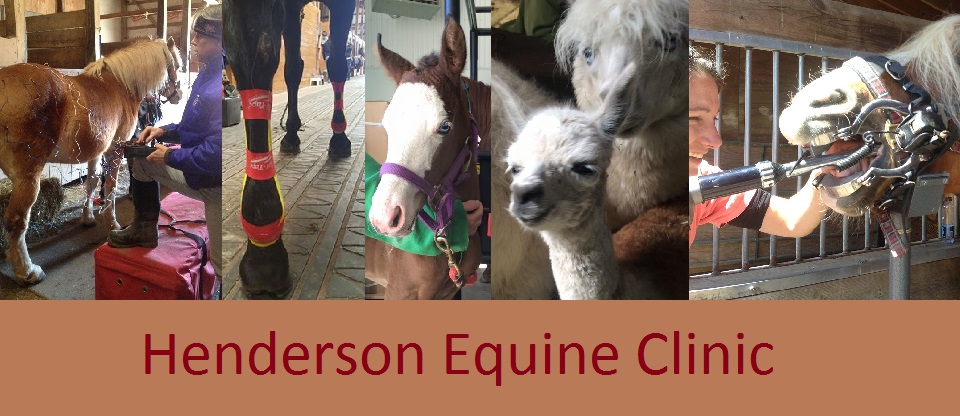Its snowing here in Avon. This is a cold reminder that we are heading into winter and stored forage feeding (hay or haylage) season. We recommend testing your stored hay for nutritional analysis atleast annually. This allows you to know exactly what you are feeding your horses, sheep, goats, or 'pacas, and to accurately balance how much grain supplementation they may need.
Hay samples are taken with a special bale corer attached to a hand crank or drill. This allows bales that will be used later in the season to be sampled without opening. The hay cores are bagged and mailed to a nutritional laboratory (we use Dairy One/Equi-Analytical).
I've attached a glossary that can be helpful in understanding the Nutritional Analysis report that you recieve back.
Glossary of (basic) terms:
ADF—Acid Detergent fiber. The least digestible fiber (higher the number the poorer the forage).
Ash—mineral content of the feed (inorganic matter in the feedstuff).
Crude Protein—nitrogen from protein as well as non-protein nitrogen sources such as ammonia, DNA and RNA.
DMI—estimated level of intake an animal must consume of a ration that contains the energy concentration recommended by nutrient tables.
Dry matter—everything in the feed except water
Fat—amount of crude fat in the forage.
Lignin—component of cell walls that is indigestible.
Moisture—amount of water in the forage.
NDF—Neutral detergent fiber, makes up the bulky part of the plant.
NEG—(net energy for gain or growth) estimate of energy available used for weight gain once maintenance is achieved.
NEL—(net energy for lactation) estimate of energy available for lactation after needs for maintenance have been met.
NEM—(net energy for maintenance) estimate of available energy to keep the animal as is.
NFC—Non-fibrous carbohydrates (sugars, starches)
pH—measure of acidity or alkalinity.
RFV—relative feed value. 100 is considered average.
Soluble Protein—protein that is able to be broken down in the rumen.
TDN—total digestible nutrients. Also a measure of the energy value of the feedstuff.
 Tuesday, August 4, 2015
Tuesday, August 4, 2015  Henderson Equine Clinic | Comments Off |
Henderson Equine Clinic | Comments Off | 


